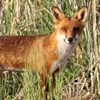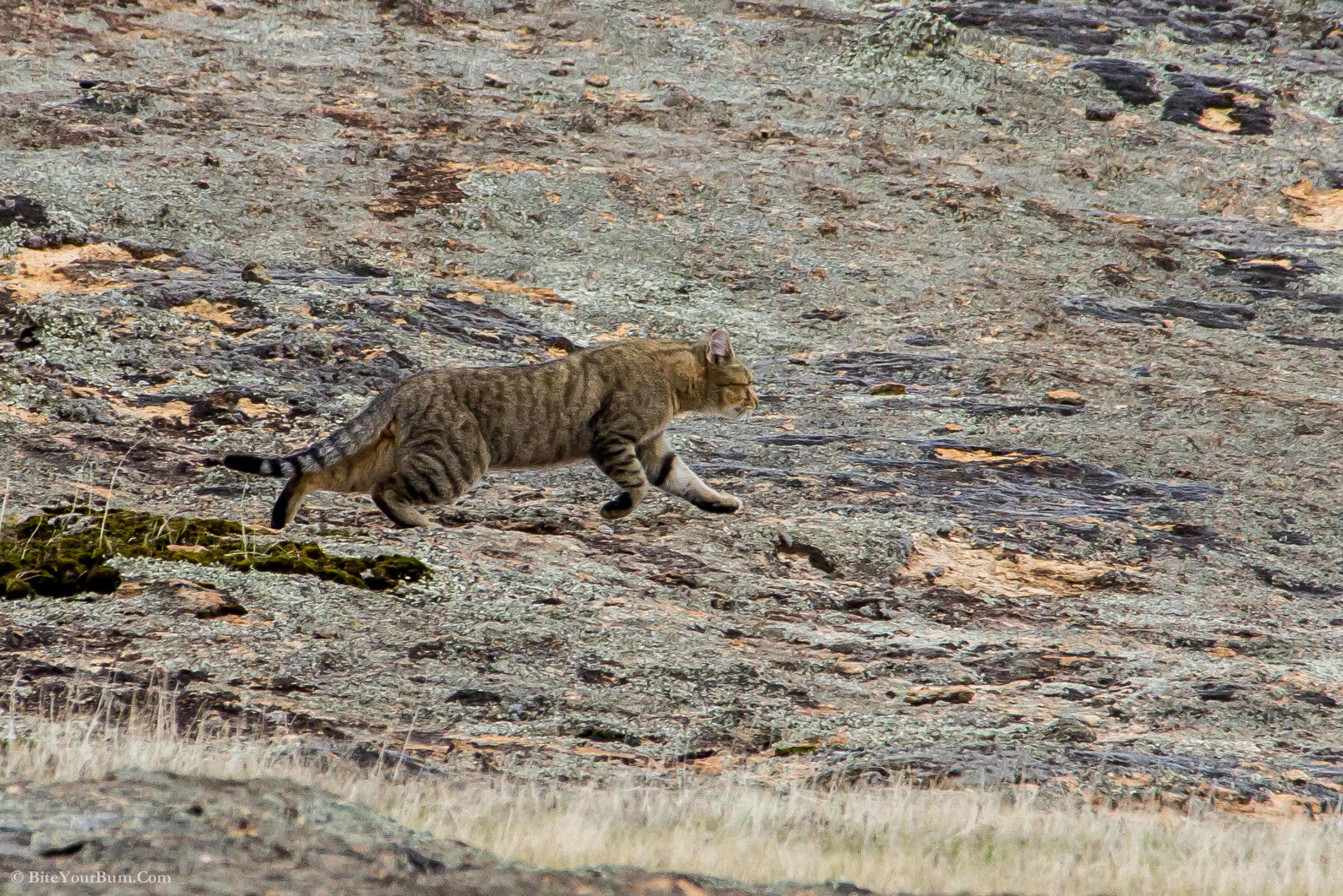
TSR contributes to Feral Cat Taskforce
Monday, 28 March 2016The involvement of deputy directors Sarah Legge and John Woinarski in the Threatened Species Commissioner’s Feral Cat Taskforce is another example of the Hub contributing significantly to threatened species policy and management.
This Taskforce is made up of representatives from every state and territory government, as well as Natural Resource Management organisations, the Department of Agriculture and Water Resources, the RSPCA, the National Environmental Science Programme and Threatened Species Scientific Committee representatives, the Invasive Species Council and Invasive Animals Cooperative Research Centre.
One of the Hub’s key contributions to this Taskforce for the next six months is to assess the size of the feral cat population in Australia, and interpret this in the context of the feral cat management targets.
Hub personnel will also support the Australian Government Department of the Environment to develop measurement tools to monitor the culling of feral cats across Australia.
“The feral cat taskforce is a great opportunity for the Hub to identify research gaps, as well as opportunities to collaborate with agencies responsible for managing feral cats,” said Doctor Sarah Legge.
“The Hub places a strong emphasis on connecting research with land managers and delivery agencies and this is a great forum for strengthening these connections, and also to work with the Government to support the delivery of the Threatened Species Strategy.”
All the work being carried out in Project 1.1 involves collaborations with land management agencies, and some work also involves NGOs like the Australian Wildlife Conservancy, as well as the private sector.
For example, the Western Australian Government is working with Rio Tinto to deliver a large-scale feral cat control program in the Pilbara, and the Hub is adding to that effort with some focussed research on the effects of feral cat baiting and responses by the threatened northern quolls.
Image: Feral cat in Western Australia (Flickr CC BY NC ND 2.0)
-
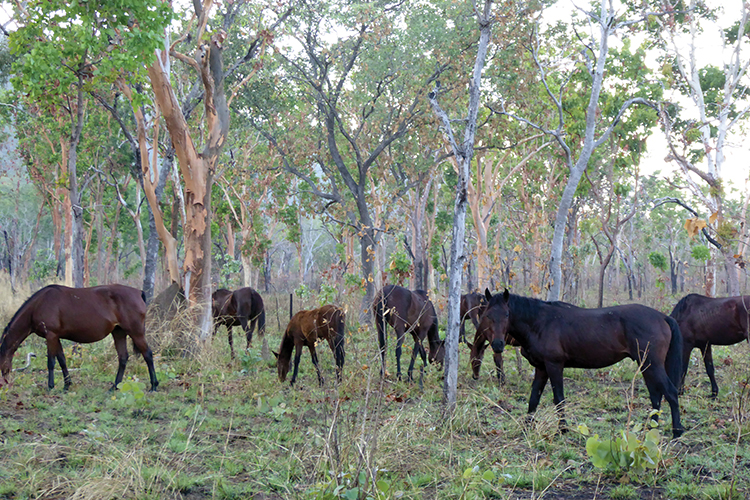
Small mammal declines in the Top End - Causes and solutions
Monday, 31 August 2020 -
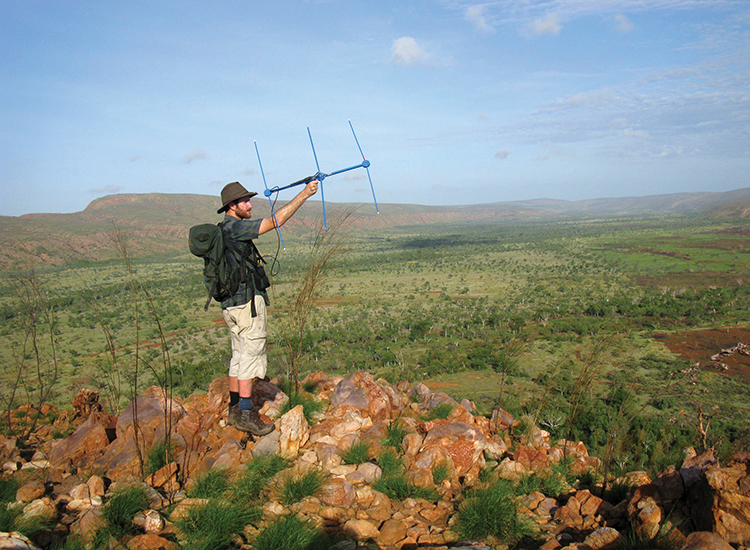
Fire, cats, foxes and land management: Lessons learned
Wednesday, 02 September 2020 -
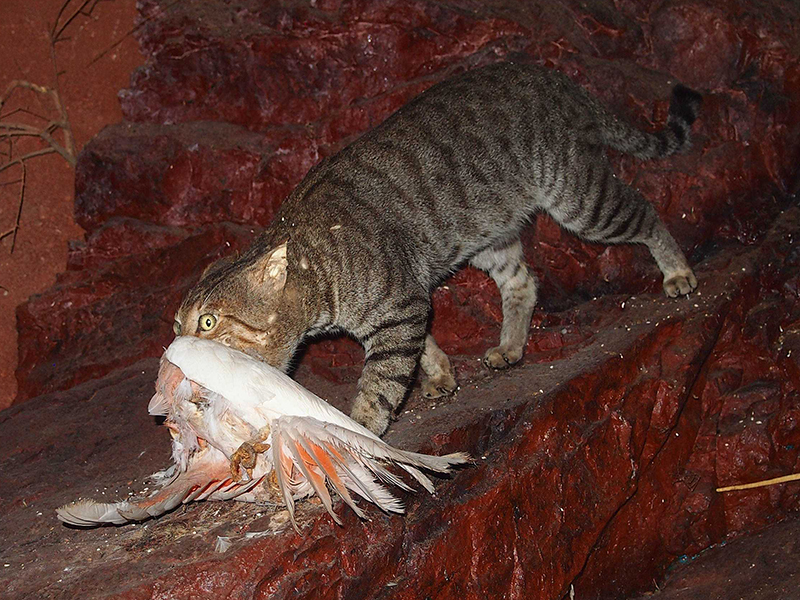
Cats are killing millions of Australia’s birds
Sunday, 22 October 2017 -
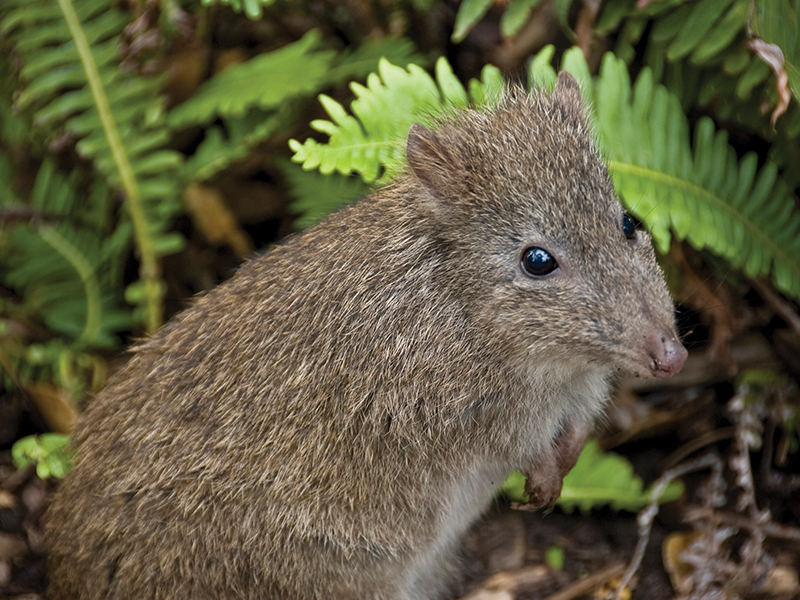
FoxNet: A game changer for fox control
Tuesday, 30 June 2020 -
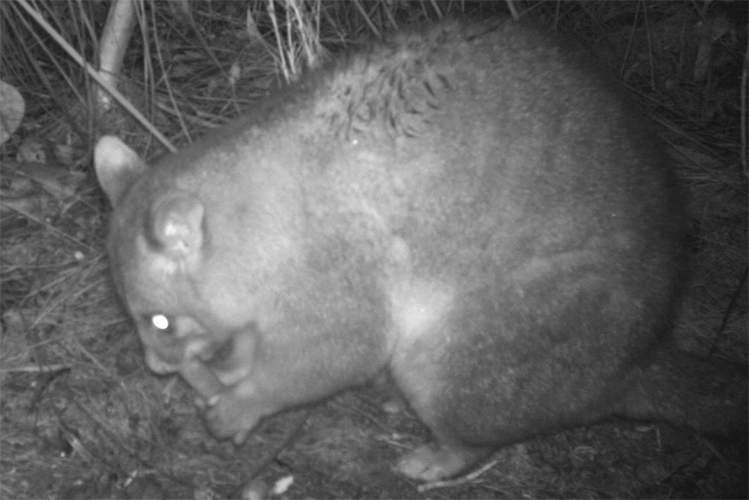
Testing cat baiting on Kangaroo Island
Monday, 16 March 2020 -
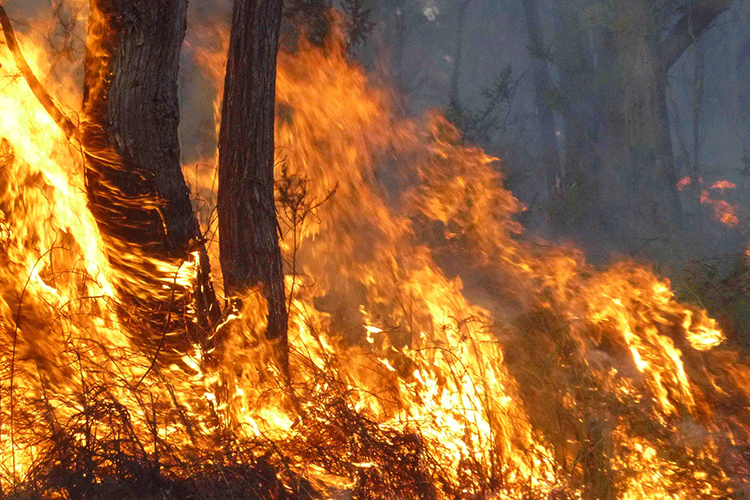
The fire, the fox and the feral cat
Tuesday, 06 June 2017 -
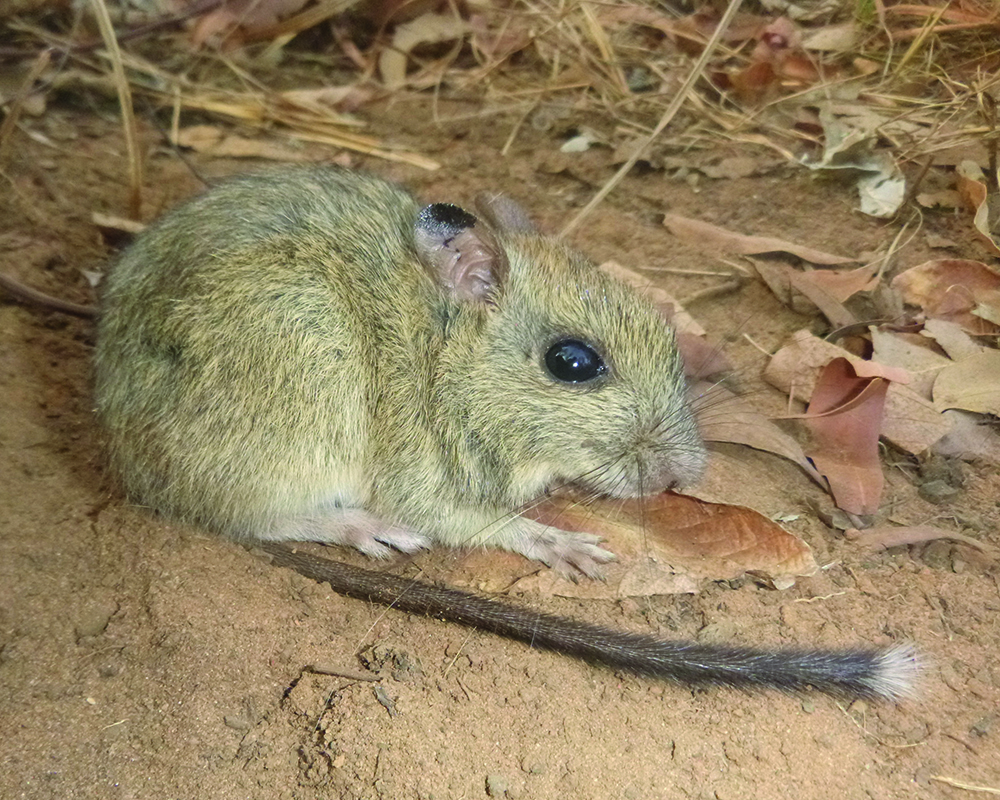
Tiwi Island mammals: Saving the brush-tailed rabbit-rat
Tuesday, 11 September 2018 -
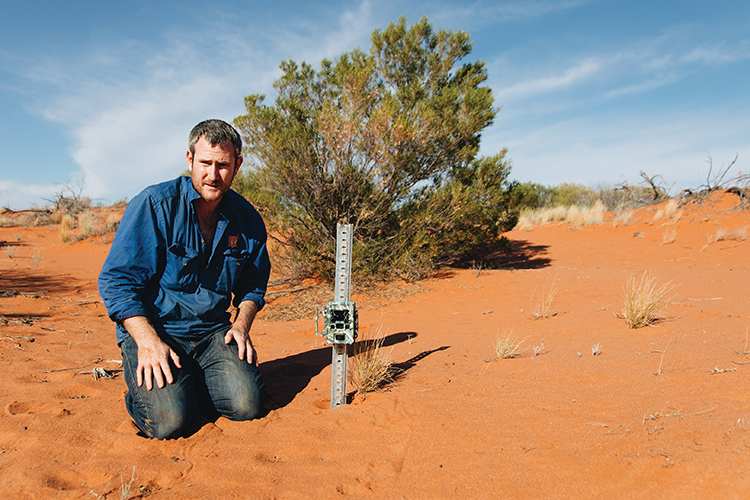
When rabbits are off the menu, what’s for dinner?
Monday, 16 March 2020 -
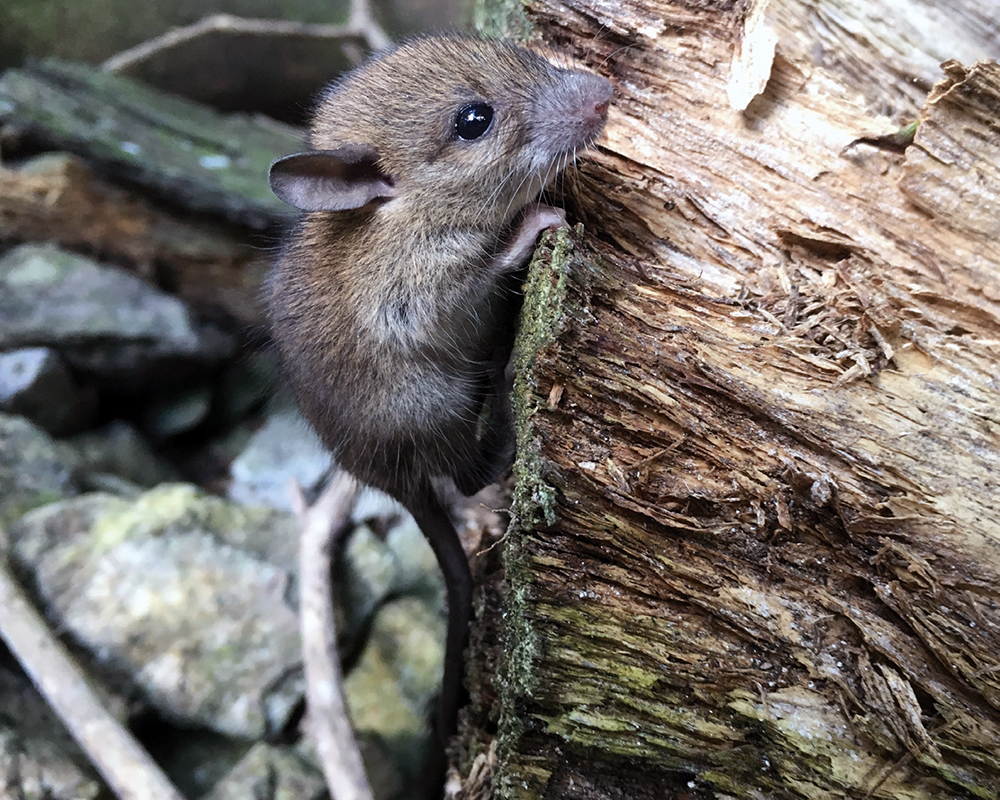
When the cat’s away will the rats play?
Monday, 16 March 2020 -
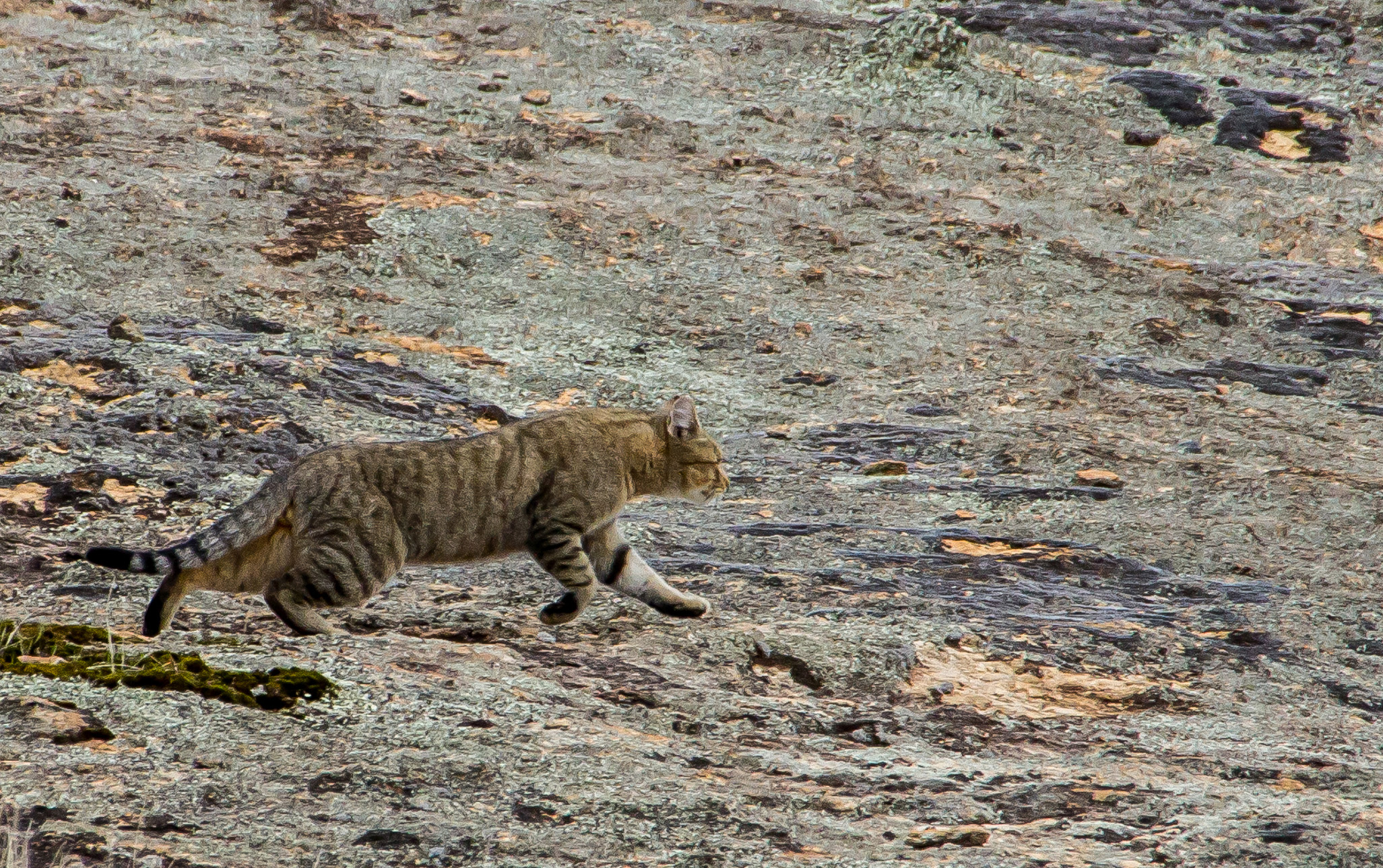
Threatened Species Recovery Hub to join fight against feral cats
Tuesday, 03 November 2015 -
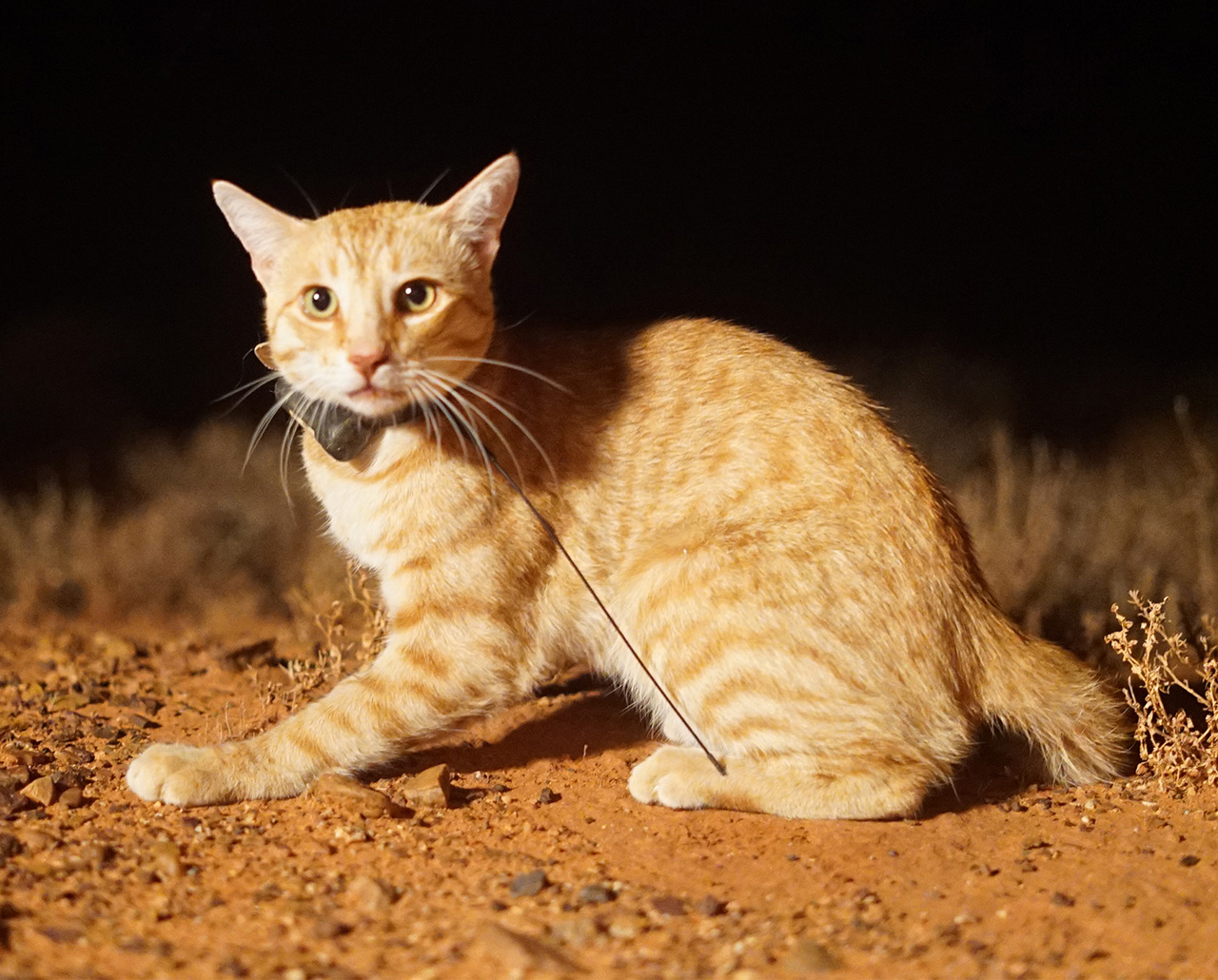
Cat science finalist for Eureka Prize
Monday, 28 September 2020
